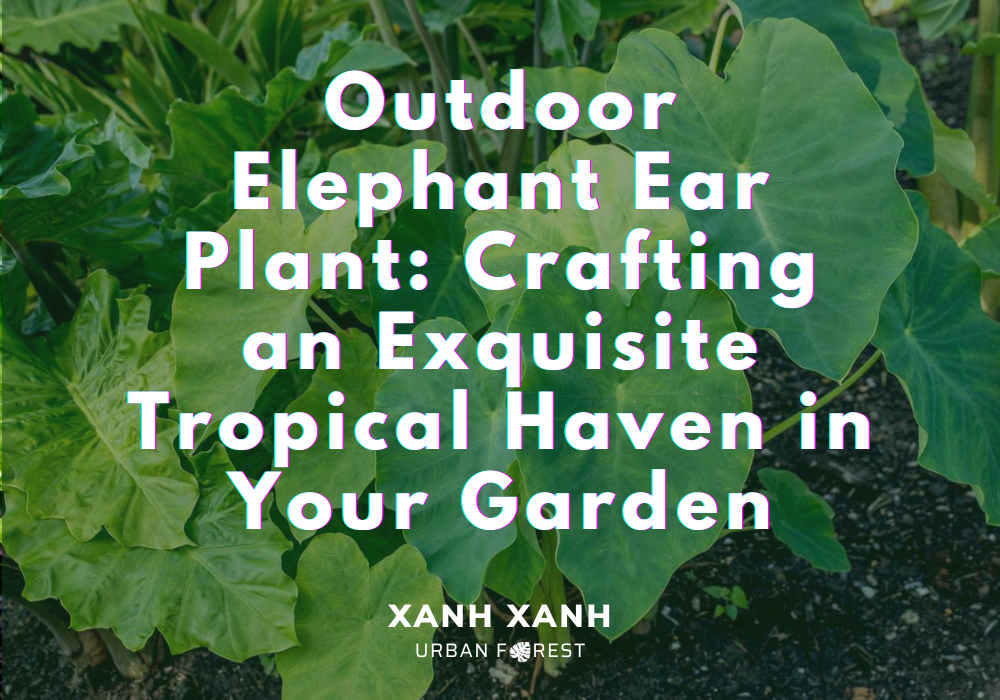Table of Contents
1. Unveiling the Origins of the Outdoor Elephant Ear Plant
Originating from the tropical regions of Asia, Africa, and the Americas, the outdoor elephant ear plant showcases an assortment of common varieties such as Colocasia, Alocasia, and Xanthosoma. Flourishing in warm and humid climates, this plant becomes the ideal choice for gardeners aspiring to cultivate a tropical ambiance in their outdoor sanctuaries.
2. Discovering the Array of Elephant Ear Varieties
The outdoor elephant ear plant encompasses a plethora of captivating varieties, each distinguished by its unique leaf shape, size, and coloration. Alocasia Macrorrhiza, Colocasia Esculenta, and Xanthosoma Sagittifolium represent some of the popular options available. Explore the assortment to discover the variety that resonates with your personal taste and harmonizes with your garden design.
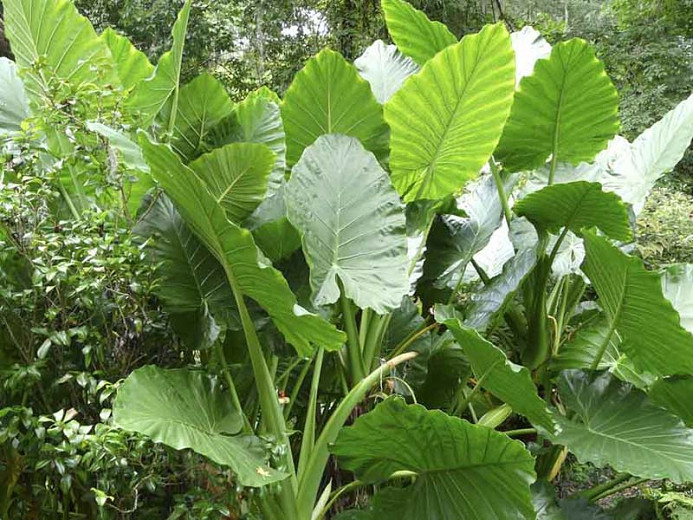
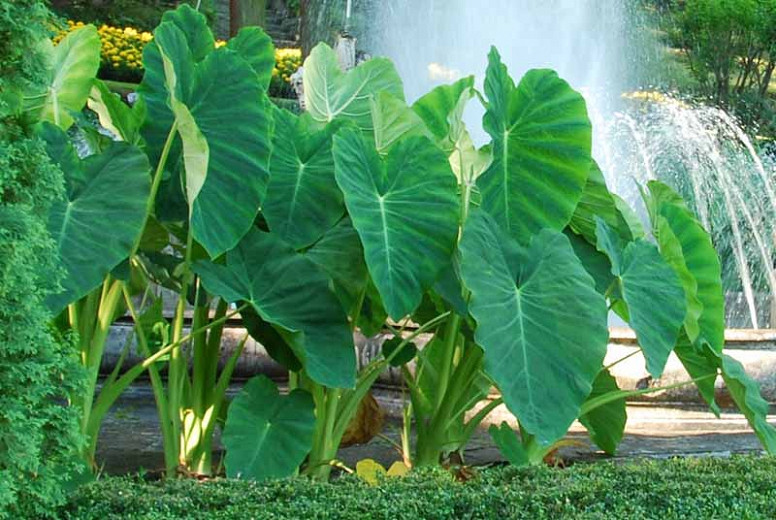
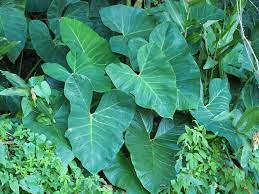
3. Embracing the Unique Characteristics of this Enchanting Plant
Drawing inspiration from the ears of an elephant, the outdoor elephant ear plant boasts large, heart-shaped leaves that serve as its distinctive feature. With the potential to grow several feet in length and width, these leaves create a spellbinding spectacle, accompanied by robust and lofty stems that further enhance its majestic allure.
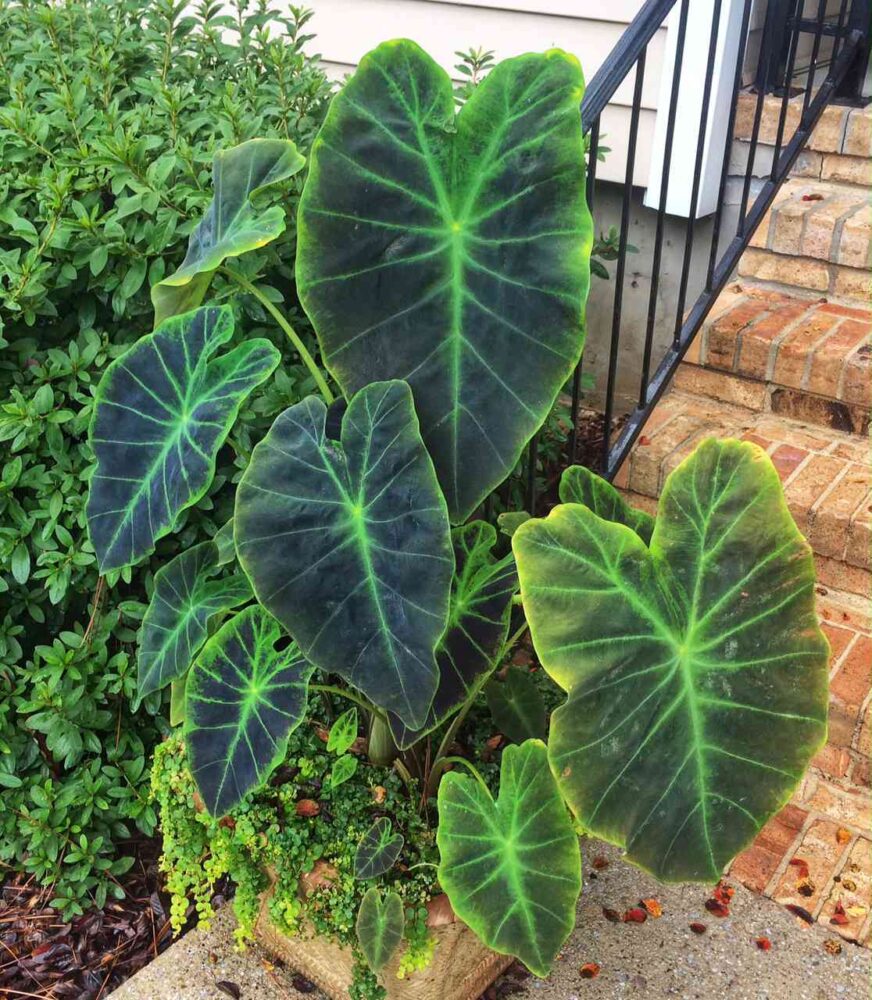
4. Choosing the Ideal Location
Deliberating the perfect spot for your outdoor elephant ear plant necessitates careful consideration of its sunlight and moisture requirements. While partial shade to full sun conditions suit these plants, filtered sunlight during the hottest intervals of the day proves most favorable. Furthermore, the plant thrives in well-draining soil that retains moisture without succumbing to waterlogging.
5. Planting Techniques for the Outdoor Elephant Ear Plant
To successfully plant the outdoor elephant ear, commence by enriching the soil with organic matter, enhancing its fertility and drainage. Dig a hole of adequate width and depth to accommodate the plant’s root ball. Ensure that the top of the root ball aligns with the soil surface, and gently backfill the hole, compacting the soil around the plant. Thoroughly water the plant to facilitate its establishment.
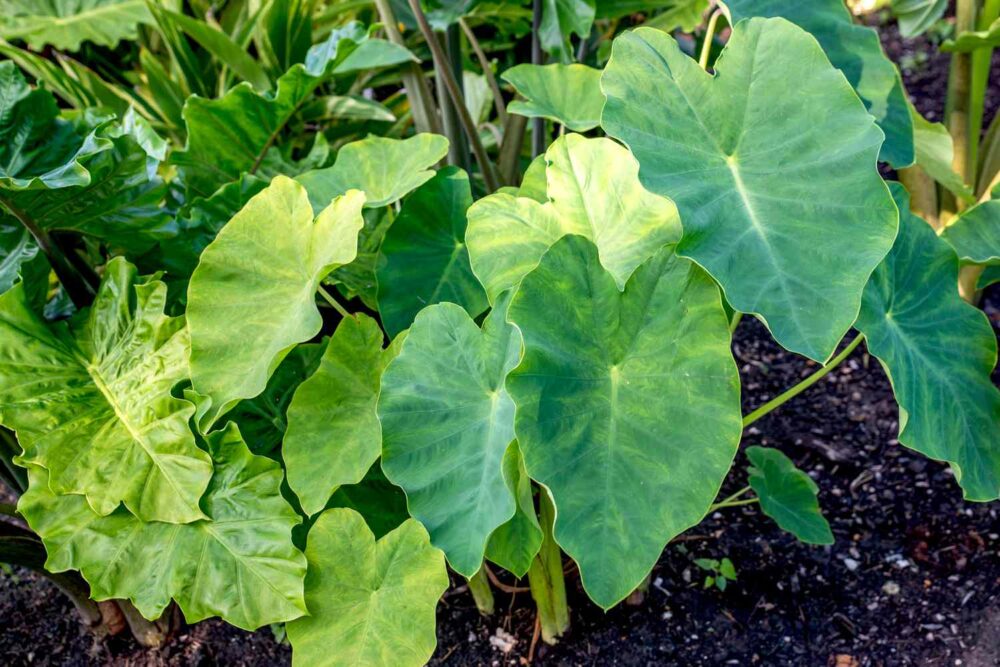
6. Essential Care Tips for Optimal Growth and Flourishing
To nurture the optimal growth and well-being of your outdoor elephant ear plant, diligent care becomes indispensable. Maintain consistent watering, keeping the soil moist while avoiding excessive saturation. Administer a balanced, slow-release fertilizer during the plant’s active growth phase. Employ mulch to retain moisture and impede weed growth. Regularly eliminate withered or damaged leaves to preserve the plant’s aesthetic appeal and overall health.
7. Combating Common Pests and Diseases
Although resilient in nature, the outdoor elephant ear plant may encounter certain pests and diseases. Vigilant inspection is crucial to identify potential infestations by aphids, spider mites, and mealybugs. Prompt and appropriate treatment should follow. Diseases like leaf spot and root rot can arise due to prolonged moisture exposure. Thus, ensuring proper drainage and averting overwatering is imperative in preventing such issues.
8. Expanding Your Garden: Propagation Techniques
If your desire to expand your outdoor elephant ear plant collection arises, propagation techniques provide simple and cost-effective methods. Division, rhizome cuttings, and starting from seeds constitute the most prevalent options, each with its requirements and merits. Choose the technique that aligns with your preferences and available resources.
9. Elevating Your Landscape with Complementary Plant Choices
To elevate the visual allure of your garden, consider integrating complementary plants alongside the outdoor elephant ear. Ferns, bromeliads, and vibrant tropical flowers serve as exemplary choices to craft a captivating tropical landscape. Pay heed to the size, shape, and color of the plants to ensure a harmonious and visually pleasing arrangement.
10. Container Gardening with the Outdoor Elephant Ear Plant
For those with limited space or a desire for gardening flexibility, cultivating the outdoor elephant ear in containers presents an excellent alternative. Opt for spacious containers equipped with drainage holes, filling them with a well-draining potting mix. Plant the elephant ear accordingly. Container-grown plants may necessitate more frequent watering and fertilizing, but their advantage lies in their mobility and versatility.
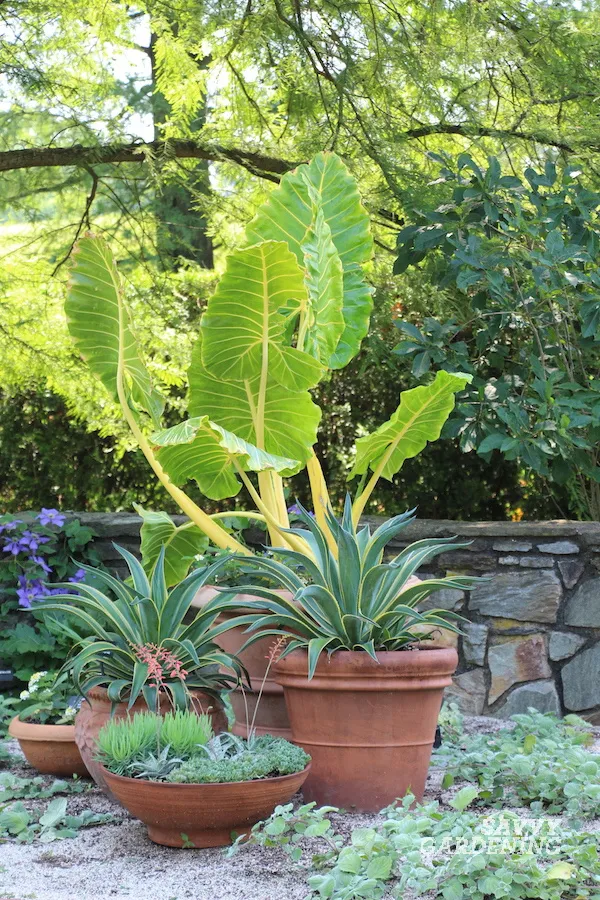
11. Winter Strategies for Cold Climates
In regions grappling with cold climates, safeguarding the outdoor elephant ear plant during the winter months becomes essential. Before the onset of the first frost, carefully unearth the plant, removing excess soil from the roots. Trim the foliage and store the plant in a cool, dry location throughout winter. Alternatively, container-grown plants can be shifted indoors or housed in a greenhouse. Upon the arrival of spring, reintroduce the plant to your garden, resuming regular care.
12. Harvesting and Utilizing the Elephant Ear Plant
Certain varieties of the outdoor elephant ear plant yield edible corms, ripe for harvesting and utilization in culinary endeavors. Harvest the corms when they reach maturity, often after the foliage has withered. After cleansing the corms, store them in a cool, dry area until ready for use. These corms can be cooked or employed in various dishes, imparting a distinct flavor and texture to your culinary creations.
13. Creative Landscaping Ideas: Embracing the Elephant Ear Plant
The versatility of the outdoor elephant ear plant extends to its potential within landscaping designs. It can serve as a striking focal point in garden beds, line pathways for an inviting atmosphere, or adorn areas near water features, creating an oasis-like aura. Experiment with diverse placements and combinations to fashion the landscape aesthetic that resonates with your vision.
14. Sustaining Vibrant and Healthy Leaves
The leaves of the outdoor elephant ear plant stand as its crowning glory, necessitating measures to maintain their vibrancy and health. Consistent watering is vital to ward off wilting and desiccation. Shield the plant from strong winds that could inflict leaf damage. Regularly examine the foliage for signs of pests or diseases, taking appropriate action when required.
15. Conclusion
With its commanding presence and tropical allure, the outdoor elephant ear plant possesses the transformative power to turn any garden into a tropical oasis. By adhering to the planting and care recommendations expounded in this guide, you can successfully cultivate and nurture these mesmerizing plants within your outdoor sanctuary. Prioritize appropriate sunlight exposure, moisture management, and regular maintenance to ensure their optimal growth and vitality.
By incorporating complementary plants, embracing container gardening, and exploring creative landscaping ideas, you can fashion a visually captivating and vibrant tropical landscape. Don’t forget to shield your plant during winter in colder climates and explore the culinary possibilities presented by harvesting its edible corms.
Why delay? Embark on a journey to infuse your garden with the essence of the tropics through the outdoor elephant ear plant, and revel in the bliss of your very own tropical paradise at home.
If you have any questions, you can contact us via:
- Instagram: Xanh Xanh Urban Forest
- Facebook: Xanh Xanh Urban Forest

